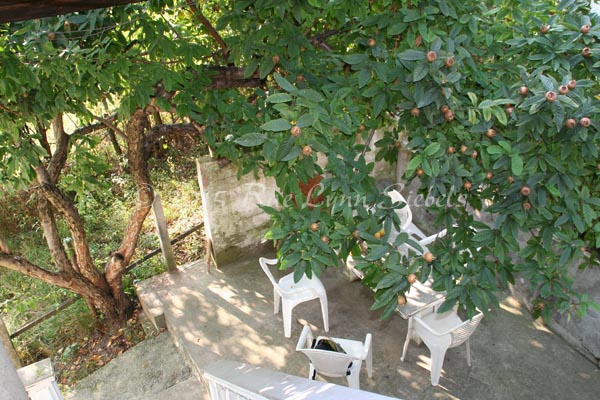We drove through the night from the coast to Sarajevo. The first thing I noticed was the change in temperature. While the coast was warm, sunny, and swimable, the mountains of Sarajevo greeted me with the crisp freshness of a fall quickly approached by winter. The smell of diesel hung in the air, the fuel of local choice trapped by the sides of the valley.
My welcome to the city was punctuated with red flashing lights, we were pulled over by police as we entered town. My friend and the official spoke in their language and we were let to go after some conversation. This was a dark and foreign place, away from the tourist friendly shores of Croatia.
We arrived late that night at my friend’s home in Sarajevo. The next morning I learned the house was at the end of a small lane located on a hill overlooking the city valley.



My hosts:


Security is a concern in Sarajevo. Much of the country has still not recovered from the civil war that tore Yugoslavia apart in the early 1990’s. Many relatives of the citizens have relocated to more prosperous countries. It is not uncommon for their homes to become targets of burglary due to the perception that they are “rich” because they have family members overseas.
The family’s first home, the original building on this plot, remains in crumbling ruins in the backyard.







The hillside below the home was once a large, green, grassy park. According to a report created by the UN Security Council, Sarajevo’s four year long siege was the longest in history. A total of 13,952 people were killed during the siege, including 5,434 civilians. Much of the park was converted to a cemetery.



